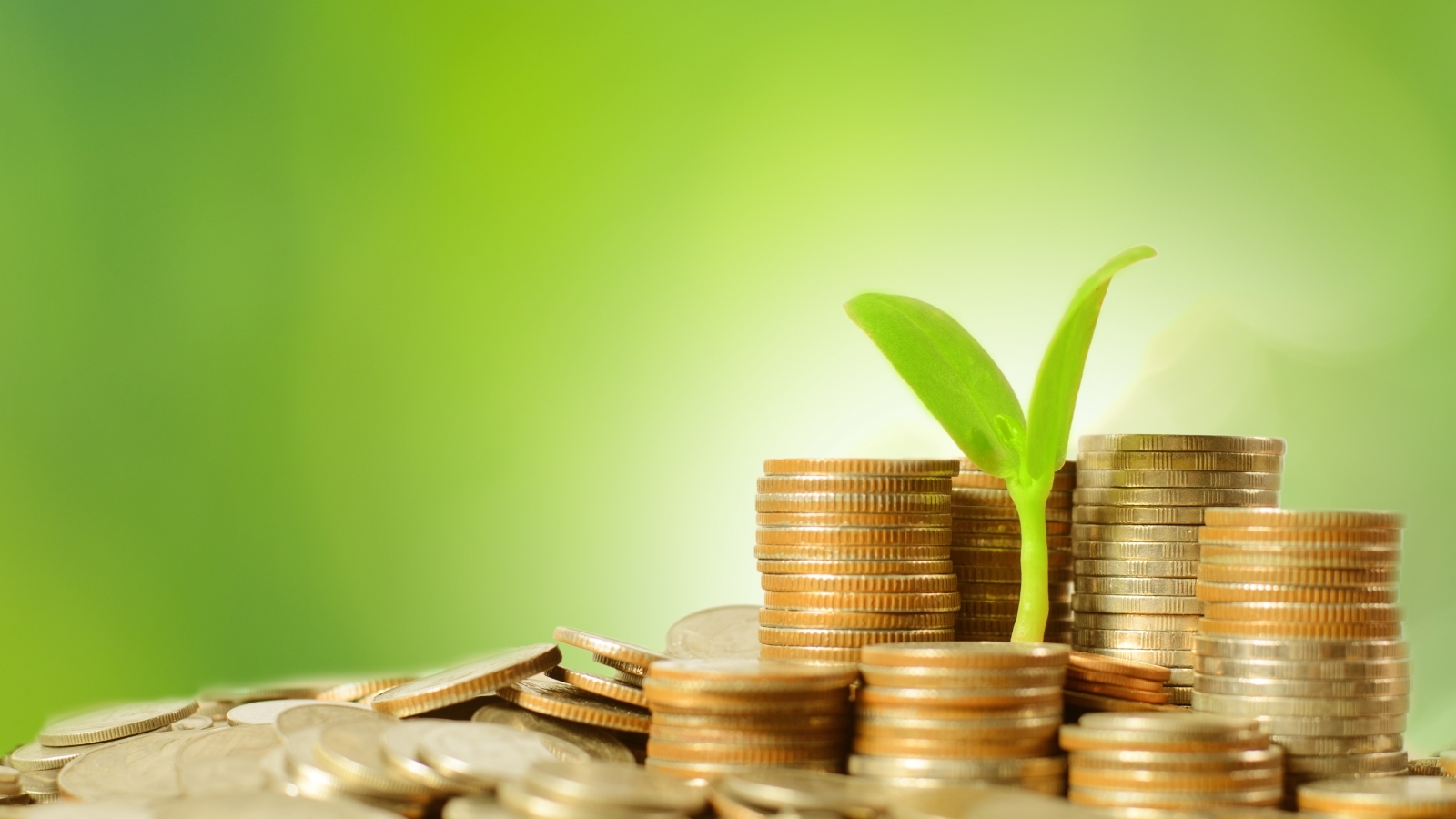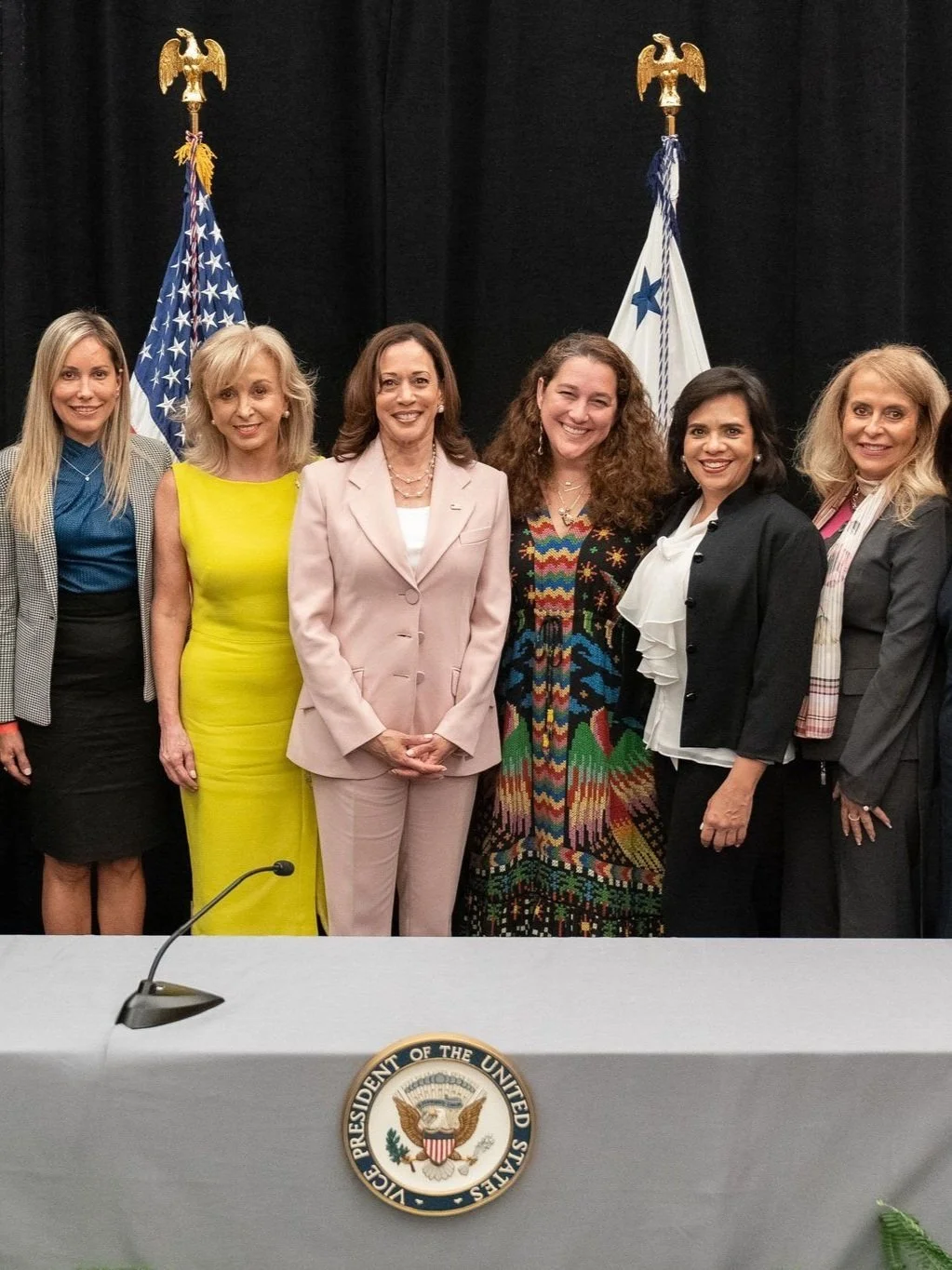The global green finance market is experiencing record levels of growth. According to a report by the Global Sustainable Investment Alliance (GSIA), at least $30.7 trillion of funds is now held in sustainable or green investments, up by 34% from 2016, and with governments worldwide now focusing on how to cut pollution and greenhouse gases, and regulators increasingly requiring companies to disclose climate-related risks, these numbers are undoubtedly set to rise further.
The money flows identified by the GSIA, a group of organizations that track moves in five regions from the US to Australia, account for one-third of the tracked assets under management, and in some places have reached more than half. However, while there is little doubt in the amount of investment being directed towards green-led funds, there is not the same level of confidence in what actually counts as ‘green’.
To date, there hasn’t been an agreed definition of what constitutes green or sustainable finance, and as a result, some investments are likely to be more ‘green’ than others. For example, the GSIA has the broadest definition, which includes any fund that employs a strategy associated with sustainability such as negative or exclusionary screening that filters out support for items such as oil, weapons, tobacco and alcohol. There is also concern that wide definitions are not meaningful, and have allowed some funds to sell themselves as green or ethical even though they are not particularly environmentally friendly. And indeed, while some asset managers want to back pollution-free energy, others look at efficiency or policies on social issues.
However, in order to attract investment into low-carbon infrastructure, the European Commission released a report yesterday defining what it means by ‘green’ finance. Drawn up by the Commission's Technical Expert Group (TEG) on sustainable finance, it aims to offer investors and companies a classification system to identify economic activities that are environmentally sustainable, and to help them measure their investments' real world impact.
While the EU’s efforts to bring some clarity to the debate over which projects qualify as 'green' are in their infancy, they should give investors and companies in the region more confidence in those financial arrangements which are marketed as ‘green’, and add further impetus to the sector.












